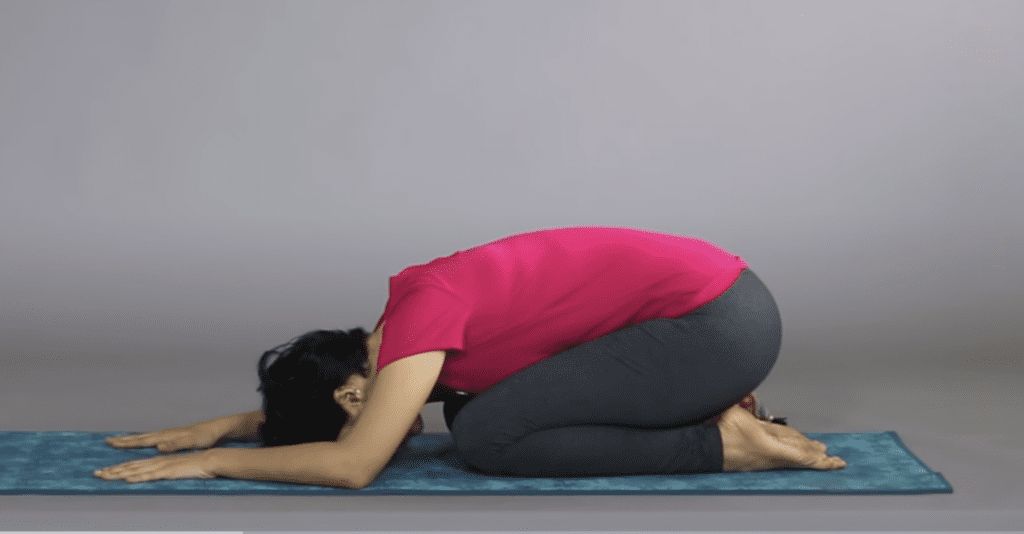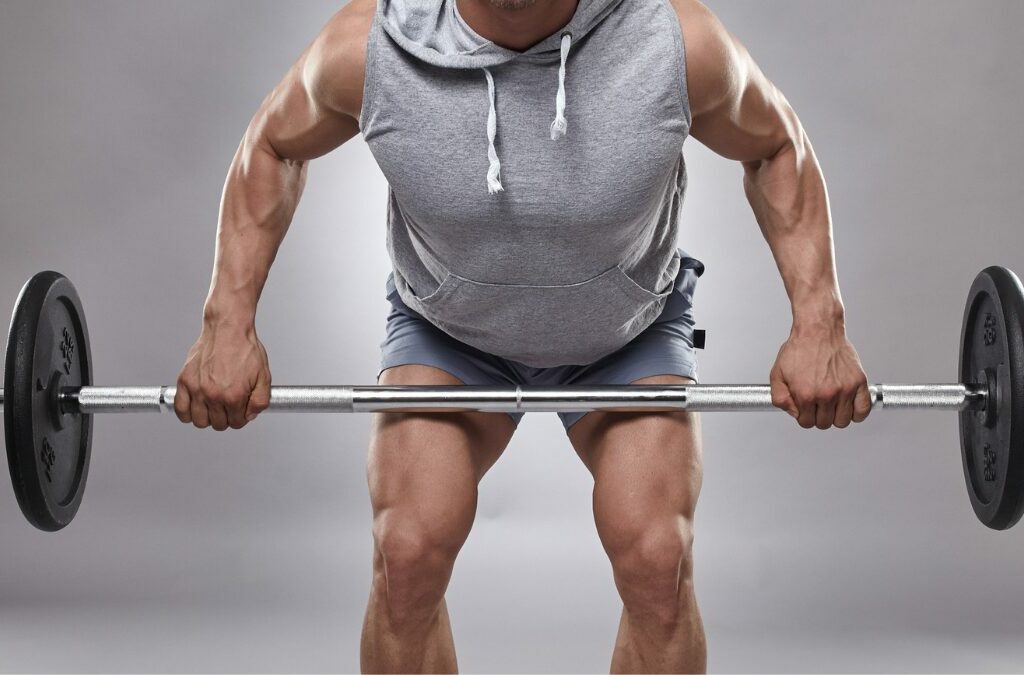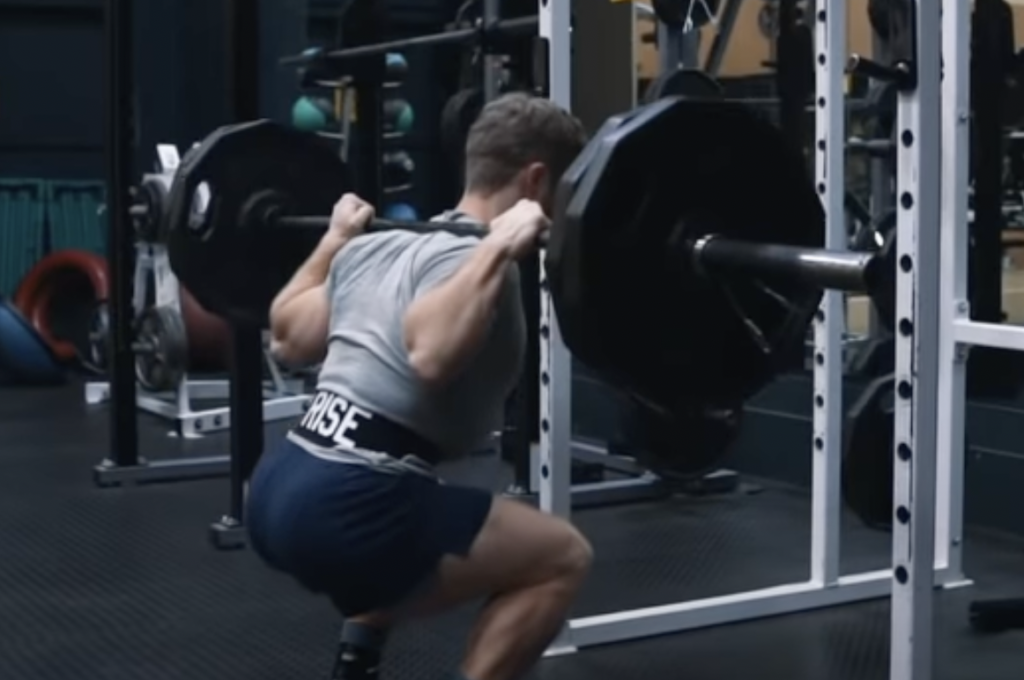
Are you looking for a fun exercise to add to your fitness routine? Look no further than the child’s pose! This simple yoga pose offers numerous benefits to your overall well-being.
In this article, we’ll explore the benefits, how to do it properly, the body parts it targets, the equipment required, the steps to perform the exercise, and the mistakes to avoid.
Benefits of the Child’s Pose Exercise
The child’s pose is a gentle yoga pose that can help you relax and reduce stress. It can also stretch and strengthen various muscles in your body, including your back, hips, thighs, and ankles.
It can help reduce stress and anxiety by providing a gentle stretch for the spine and encouraging deep breathing. Practicing this pose regularly can also improve posture and spinal alignment, stretch and strengthen muscles, and increase flexibility and mobility.
By focusing on the breath during the child’s pose, individuals can improve lung function and oxygen delivery throughout the body. Additionally, the pose can promote relaxation and better sleep by reducing stress and anxiety, making it an excellent exercise to practice before bed.
Incorporating this exercise into your fitness routine can be a simple yet effective way to improve overall well-being.
Whether you’re looking to reduce stress, improve posture, increase flexibility and mobility, regulate breathing, or promote relaxation and better sleep, the child’s pose can offer transformative benefits.
Equipment You Need to do the Child’s Pose Exercise
You do not need any special equipment to perform the child’s pose. All you require is a comfortable surface to practice on, such as a yoga mat or soft carpeted floor.
If you have sensitive knees or prefer extra cushioning, you can place a folded blanket or yoga block under your knees for support. Other than that, no additional equipment is necessary.
However, if you are practising yoga in a class or studio setting, you may want to bring your own yoga mat and any props that you find helpful, such as blocks, straps, or blankets.
These props can help you modify the pose to suit your needs and make the practice more comfortable and accessible.
Body Parts Impacted by the Child’s Pose Exercise
The child’s pose targets various muscle groups, making it a fantastic full-body stretch. It stretches your hips, thighs, and ankles while also relaxing your back, neck, and shoulders.
Steps for Completing the Child’s Pose Exercise
To perform the child’s pose properly, follow these detailed steps:
Step 1: Begin by going on your hands and your knees, with wrists positioned under your shoulders and knees under your hips. Spread your fingers wide and keep your palms firmly on the mat.
Step 2: As you exhale, gradually lower your hips back towards your heels while keeping your arms extended forward.
Step 3: Once your hips are lowered comfortably, stretch your arms even further forward until your hands are touching the mat or floor in front of you. Place your forehead on the mat and relax your neck and shoulders while keeping your arms straight.
Step 4: Release any tension in your body and allow yourself to sink deeper into the pose with each breath.
Step 5: Hold this pose for 30-60 seconds or longer if desired. Remember to take deep breaths throughout the pose. To exit the pose, lift your forehead slowly, bring your arms back to your sides, and move into a seated position.
Check out this video showing how to do the child’s pose!
Mistakes to Avoid when Doing the Child’s Pose Exercise
Don’t force your body: One of the biggest mistakes people make with the child’s pose is pushing their body too far. Don’t try to force your hips all the way back to your heels if it feels uncomfortable or painful.
Avoid rounding your back: The child’s pose is meant to be a gentle stretch for the spine, so avoid rounding your back. Instead, focus on lengthening your spine and keeping your shoulders relaxed.
Don’t strain your neck: Keep your neck relaxed and avoid straining it by looking up or down. Instead, let your head rest naturally on the mat or floor.
Avoid putting pressure on your knees: If you have knee pain or discomfort, use a folded blanket or cushion under your knees to provide extra support.
Don’t forget to breathe: Remember to breathe deeply and slowly throughout the pose. Avoid holding your breath or taking shallow breaths.
Conclusion
The child’s pose is a gentle and relaxing exercise that can benefit your mind and body. It’s a great way to stretch and strengthen your muscles, reduce stress, and improve your posture and breathing.
By practising the child’s pose regularly and exploring different variations, you can enhance your overall well-being and reach new levels of relaxation and calmness.
So next time you need a break from your busy day, try out the child’s pose or even the windmill stretch and feel the difference it can make in your life.





Pingback: Dumbbell Skull Crushers: A Guide To Strong And Toned Arms - The Go To Website For Fitness Learning
Pingback: Tricep Bench Dip: Stronger Arms - The Go To Website For Fitness Learning
Pingback: Chin-Ups: Rise Above The Rest - The Go To Website For Fitness Learning